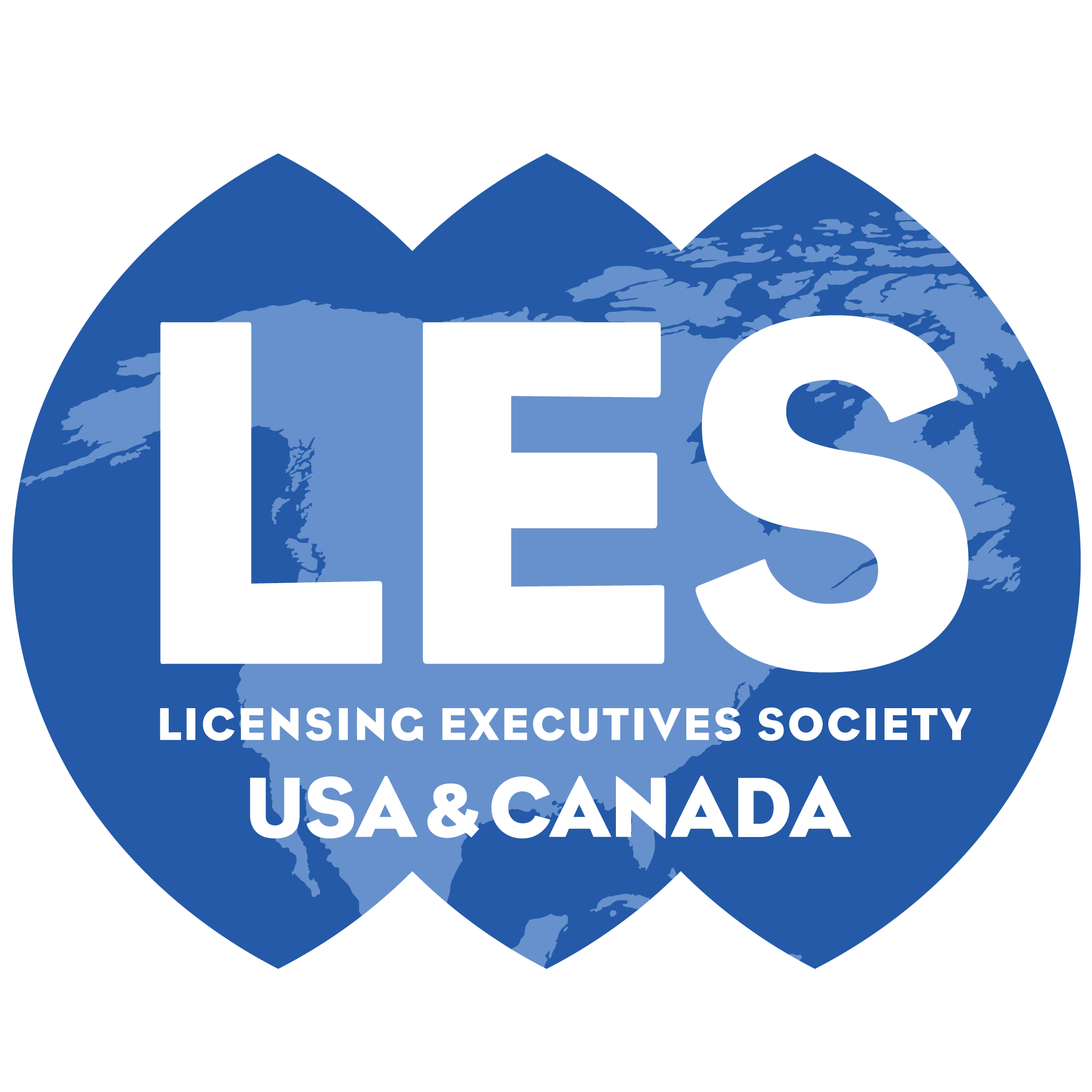By: John Paul, Brian Kacedon, Anthony D. Del Monaco, Cara Regan , and A. Sasha Hoyt
Abstract: A licensee stopped making annual minimum royalty payments for U.S. sales of its product following the expiration of the licensed U.S. patent. The licensor sued for breach of contract and equitable relief, and the licensee pled a patent misuse defense. Because the primary purpose of the annual minimum royalty provision was to compensate the licensor for sales of allegedly infringing products—and no other purpose was discussed by the parties nor included in the license agreement—the district court granted judgment in the licensee’s favor.
Background
C. R. Bard and Atrium Medical are medical device manufacturers. As part of settling an earlier litigation in which Bard alleged Atrium’s ePTFE-coated stent products (“iCast products”) infringed its patent, Bard granted Atrium a license to that patent (U.S. Pat. No. 6,435,135, “the ’135 patent”) and “all other patents of Licensor” that claim priority to it. Under the license agreement, Atrium was required to pay Bard (1) a 15% royalty on certain “Licensed Products” sold in any country where one or more claims of a Licensed Patent are issued and outstanding; and (2) a minimum annual royalty of $15 million (inclusive of the 15% royalty on the Licensed Products).
The “Licensed Products” included Atrium’s “Vascular Products,” defined as products approved by the FDA for vascular uses. It also included Atrium’s iCast products that were not approved by the FDA, but that doctors used for vascular purposes off-label. Whereas in the license agreement the termination of the 15% royalty obligation was tied to the expiration of the licensed patents, the minimum annual royalty obligation would end if either: (1) the FDA approved Atrium’s iCast product for vascular uses, at which point it would become a Licensed Product subject to the 15% royalty until the expiration of the ’135 patent; or (2) the FDA rescinded its approval of iCast for all purposes. If neither contingency occurred, the minimum royalty was to remain in effect until the license agreement otherwise terminated. Under its terms, the license agreement would terminate when the last of the Licensed Patents—a Canadian patent—expires in 2024.
When the ’135 patent expired in 2019, Atrium stopped paying the annual minimum royalty for Licensed Products sold in the U.S. Bard then brought several claims against Atrium, including breach of contract and claims for equitable relief, based on Atrium’s failure to make minimum royalty payments. The decision on the outstanding claims is explained below.
The Bard Decision
Under the patent misuse doctrine, it is unlawful for a royalty agreement to extend beyond the expiration of a licensed patent. In evaluating patent misuse, a court must consider the scope of the royalty provision, including the purpose of the royalty payments and under what conditions the royalty obligation is lawful.
In agreeing to the terms of the settlement agreement outlined above, the parties did not discuss the duration of the minimum royalty provision, nor did they discuss what iCast sales the minimum royalty would be compensating for—e.g., whether it would compensate for sales between 2011–19, as Bard argued, or whether it would improperly compensate Bard for sales post‑expiration of the ’135 patent, as Atrium argued. Ultimately, the parties agreed to adopt boilerplate language that limited the duration of the license agreement until the expiration of the last Licensed Patent.
Atrium argued that (1) the license agreement and any royalty obligations therein terminated when the ’135 patent expired because a related non-expired Canadian patent owned by the Bard subsidiary was not a licensed patent; and (2) the minimum royalty provision impermissibly included royalties based on an expired patent. Therefore, Atrium argued that the patent misuse doctrine excused it from paying minimum royalties related to U.S. sales of its iCast product because those royalties encompassed royalties for iCast sales after the ’135 patent expired. Bard disagreed, arguing that the provision does not compensate Bard for use of the ’135 patent after its expiration, but rather was to compensate it for Atrium’s pre-settlement infringing sales, off-label sales of iCast product before 2019, and a release of claims against Atrium included within the parties’ settlement.
After reviewing the evidence, the court concluded that the settlement agreement, and surrounding evidence, indicated that Atrium, in fact, had already paid for its pre-settlement infringing sales and iCast sales through the life of the patent. The court also noted that the iCast sales were the primary purpose of the licensing agreement, and that the purpose remained the same throughout the life of those payments.
Because the court found that the clear and primary purpose of the minimum royalty payment was to compensate Bard for Atrium’s iCast sales, it held that the license agreement’s requirement of minimum royalties for that purpose after the ’135 patent expired was patent misuse and unenforceable. Thus, it entered judgment in favor of Atrium on Bard’s breach of contract and related claims. As patent misuse constitutes a bar to equitable relief, the court also denied Bard’s equitable claims.
Strategy and Conclusion
When negotiating and eventually drafting royalty provisions that could be construed as depending on the life of a licensed patent, it is important to discuss and document the purpose of any royalties that may go beyond the patent’s expiration.
Further Information
The C. R. Bard decision can be found here.
Editors and Authors
The editors and authors are attorneys at Finnegan, Henderson, Farabow, Garrett & Dunner, LLP.
This article is for informational purposes and does not constitute legal advice.
The views expressed do not necessarily reflect the views of LES or Finnegan.
The copyright to this article is owned by Finnegan, Henderson, Farabow, Garrett & Dunner, LLP and is being provided with permission from Finnegan, Henderson, Farabow, Garrett & Dunner, LLP solely for the use by LES.

Get Social